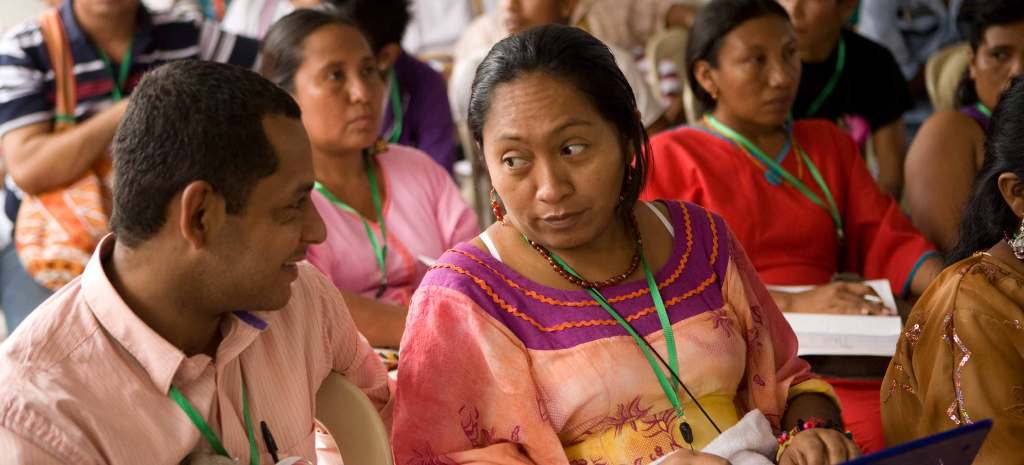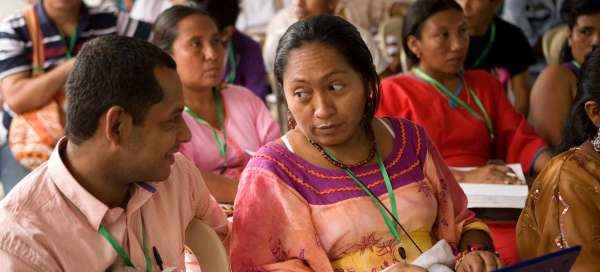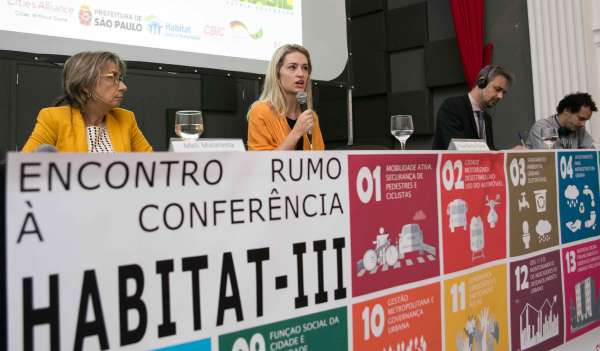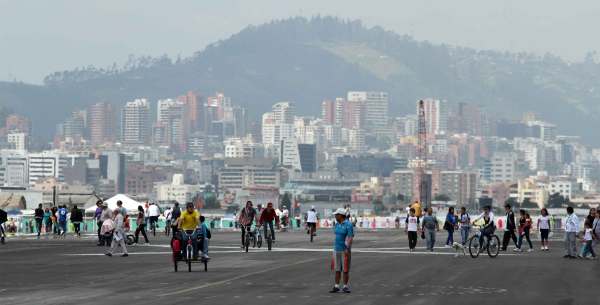 Ford Foundation
Ford FoundationAcross South America’s Andean region, there is a lack of official, reliable statistics and information about indigenous and Afro-descendant populations. Without accurate information about the number, location, and demographics of these populations, they are quite literally invisible—and therefore are not factored into the major public policy decisions that impact their lives.
Fortunately, upcoming censuses—later this year in Colombia, and next year in Peru—present opportunities for change. Efforts at improvement, including having more accessible language in the questionnaires and new questions about how respondents self-identify (paired with a greater awareness of the importance of self-identification among both the populations being surveyed and the agencies doing the surveying) can help ensure that all people are rigorously counted. While this might seem like a basic step, its importance cannot be overstated. An inclusive census would go a long way toward making Afro-descendant and indigenous populations more visible, and help fuel policies that truly serve their needs.
An incomplete picture of the population
Previous censuses have failed to reflect demographic reality. In both Colombia and Peru longstanding, culturally embedded discrimination has contributed to gross undercounting. In Peru, censuses have not included questions about Afro-descendants, and have not recognized respondents’ self-identification. In Colombia those questions have been asked, but the results show that simply asking the questions is not enough: Poor wording and inadequate geographic representation have enabled serious undercounting. Another obstacle is that some communities occupy remote areas and are difficult to reach—especially in the face of limited resources and a general lack of will to undertake a detailed count (not to mention a failure to include these communities in the process of planning the census in the first place).
If a census does not accurately account for all populations, it is an ineffective tool. In these countries, inaccurate data has resulted in an incomplete picture of the population, leaving government agencies without the information they need to make responsible decisions. Colombia’s most recent census, in 2005, reported that Afro-descendants make up 10 percent of the population. Yet experts estimate them at more than 20 percent. In Peru, the number of Afro-descendants has never been officially measured by the national census.
Indigenous populations fare no better. Already under threat, their omission from the census only exacerbates the risk of their disappearance. While the UN Committee for the Elimination of all Forms of Racism has issued recommendations about how to craft a census so it accurately captures populations that have traditionally been overlooked or ignored, official statistics agencies in Peru have failed to follow them. As a result, the country’s indigenous peoples are significantly undercounted.
Creating a truly representative census
Thanks in part to the UN Declaration on the Rights of Indigenous Peoples and the Indigenous and Tribal Peoples’ Convention 169, groups that have been excluded based on their race and ethnicity are gaining visibility, and we have seen more governments making commitments to count them and protect their rights. Indeed, other countries in Latin America have already succeeded in making their censuses more ethnically inclusive. Today, new governments in Colombia and Peru have political agendas that are relatively more open to indigenous people and Afro-descendants, creating a potential avenue for dialogue and change. And these communities are raising their voices and asserting their right to be listened to and counted, making themselves heard especially when facing the major mining, energy, and infrastructure projects that threaten their lands.
For the first time, indigenous and Afro-descendant organizations in Peru and Colombia have come together and are working closely with national statistics agencies to improve the design and planning of the census, and to ensure that ethnic populations can participate. This unprecedented collaboration involves everything from rewriting census questions to securing funding, coordinating with local communities, ensuring that census-takers are well trained, and designing public education campaigns that raise awareness of the census and explain how to take part.
As a result of these diverse and intensive efforts, we are optimistic that the upcoming censuses will in fact be more inclusive. It’s long past time to acknowledge that all the people in our region count—and by extension, must be counted.



